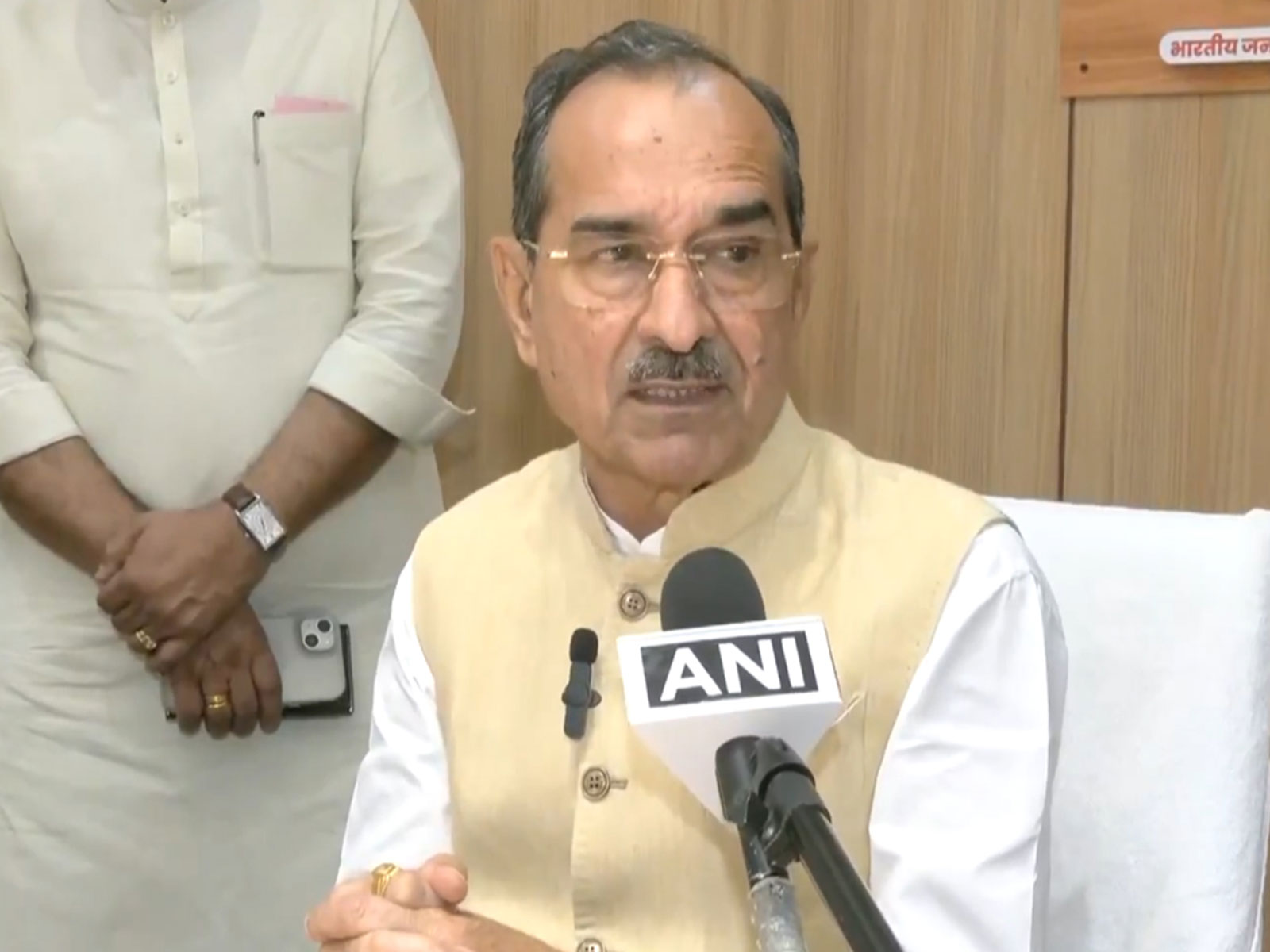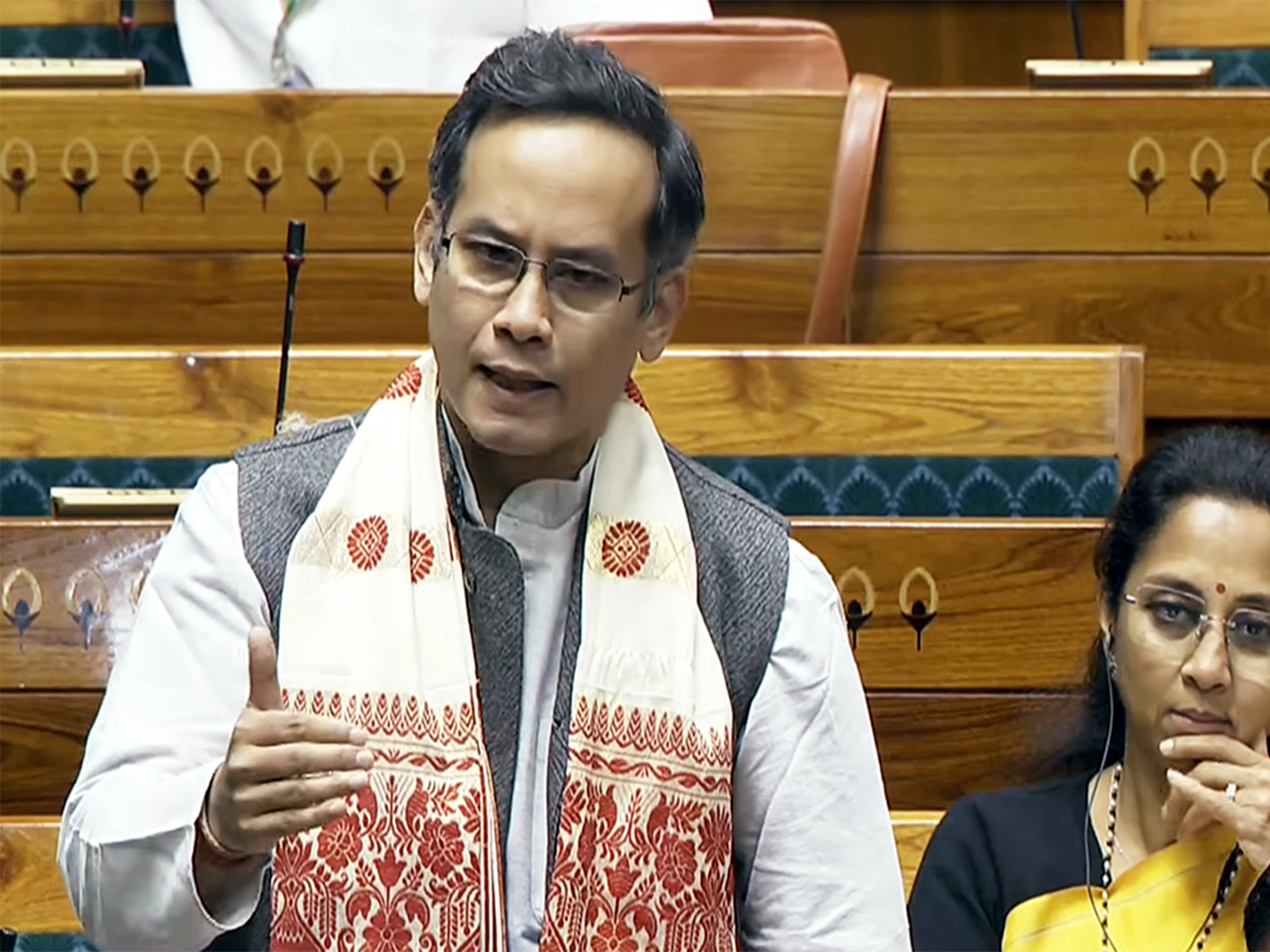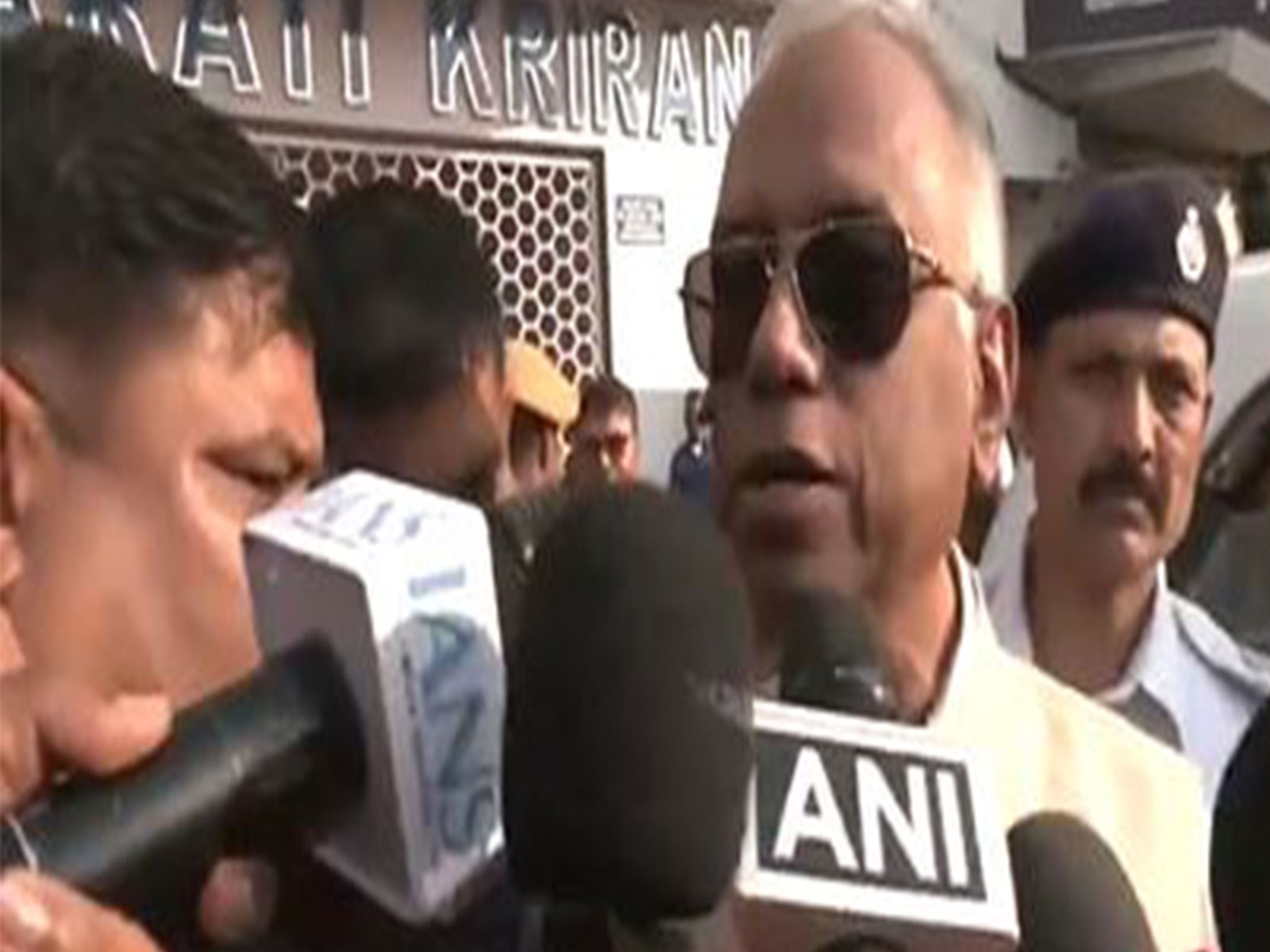Tomato Flu not related to SARS-CoV-2, monkeypox, dengue, chikungunya, Centre sent advisory to states
Aug 23, 2022

New Delhi [India], August 24 : Centre has sent an advisory to states on HFMD (Hand Foot & Mouth Disease), commonly known as Tomato Flu, stating that it's a self-limiting illness targeting mostly young children aged 1-10 years and immune-compromised adults and no specific drug exists to treat it.
The advisory further mentioned that although the Tomato Flu virus shows symptoms similar to other viral infections (fever, fatigue, body aches & rashes on the skin); the virus is not at all related to SARS-CoV-2, monkeypox, dengue, and/or chikungunya.
The best prevention is the maintenance of proper hygiene & sanitization of the surrounding. Isolation should be followed for 5-7 days from the onset of any symptom to prevent the spread of infection to other children or adults.
Tomato Flu was first identified in Kollam, Kerala on May 6, 2022. As of July 26, over 82 children younger than 5 yrs with the infection have been reported by local govt hospitals. Additionally, 26 children (aged 1-9yrs) were reported as having the disease in Odisha by RMRC Bhubaneswar.
This endemic viral illness triggered an alert in the neighbouring states of Tamil Nadu and Karnataka. Additionally, 26 children (aged 1-9 years) have been reported as having the disease in Odisha by the Regional Medical Research Centre in Bhubaneswar. To date, apart from Kerala, Tamil Nadu, Haryana and Odisha, no other regions in India have reported the disease in their State/UT by the virus.
Tomato Flu is a viral disease. The name "Tomato Flu" comes from the main symptom of this disease, the tomato-shaped blisters on several body parts. The blisters start as red-coloured small blisters and resemble tomatoes when they enlarge. Primary symptoms observed in children with Tomato Flu are similar to those of other viral infections, which include fever, rashes and pain in joints. Rashes on the skin can also lead to skin irritation. As with other viral infections, symptoms also include, fatigue, nausea, vomiting, diarrhoea, fever, dehydration, swelling of joints, body aches, and common influenza-like symptoms, the Union Health Ministry said.
HFMD is characterized by fever, sores in the mouth, and a skin rash. It begins with mild fever, poor appetite, malaise, and often a sore throat. One or two days after the fever begins, small red spots appear which changes to blister and then to ulcers. The sores are usually located on the tongue, gums, inside of the cheeks, palms and soles.
In children with these symptoms, molecular and serological tests are done for diagnosis of dengue, chikungunya, zika virus, varicella-zoster virus, and herpes; once these viral infections are ruled out, a diagnosis of tomato flu is considered.
Tomato Flu is a self-limiting infectious disease as the signs and symptoms resolve after a few days. It seems the disease is a clinical variant of the so-called hand-foot-mouth disease that is common in school-going children. Infants and young children are also prone to this infection through the use of nappies, touching unclean surfaces as well as putting things directly into the mouth.
HFMD occurs mainly in children under 10 years of age, but it can occur in adults too. There are no disease-specific medications available. Treatment is similar to other viral infections i.e. isolation, rest, plenty of fluids and a hot water sponge for relief of irritation and rashes. Supportive therapy of paracetamol for fever and body ache and other symptomatic treatments are required.
Isolation should be followed for 5-7 days from the onset of any symptom to prevent the spread of infection to other children or adults.
The best solution for prevention is the maintenance of proper hygiene and sanitization of the surrounding necessities and environment as well as preventing the infected child from sharing toys, clothes, food, or other items with other non-infected children.
As yet, no antiviral drugs or vaccines are available for the treatment or prevention of tomato flu. Further follow-up and monitoring for serious outcomes and sequelae are needed to better understand the need for potential treatments.
Hand Foot and Mouth Disease (HFMD) is one of the many infections that result in mouth sores. However, health care providers can usually tell the difference between HFMD and other causes of mouth sores by considering the patient's age, the symptoms reported by the patient or parent, and the appearance of the rash and/or sores. Diagnosis is largely clinical.
Samples from the throat or stool may be sent to a laboratory to test for isolating the virus involved in causing the illness, which may take 2-4 weeks to obtain the laboratory results. The testing should be done for the investigation of an outbreak so that preventive measures can be initiated.
On Sample collection, the Health Ministry said throat or nasopharyngeal samples can be collected within 48 hours of illness. Faecal samples should be collected within 48 hours of illness.
















